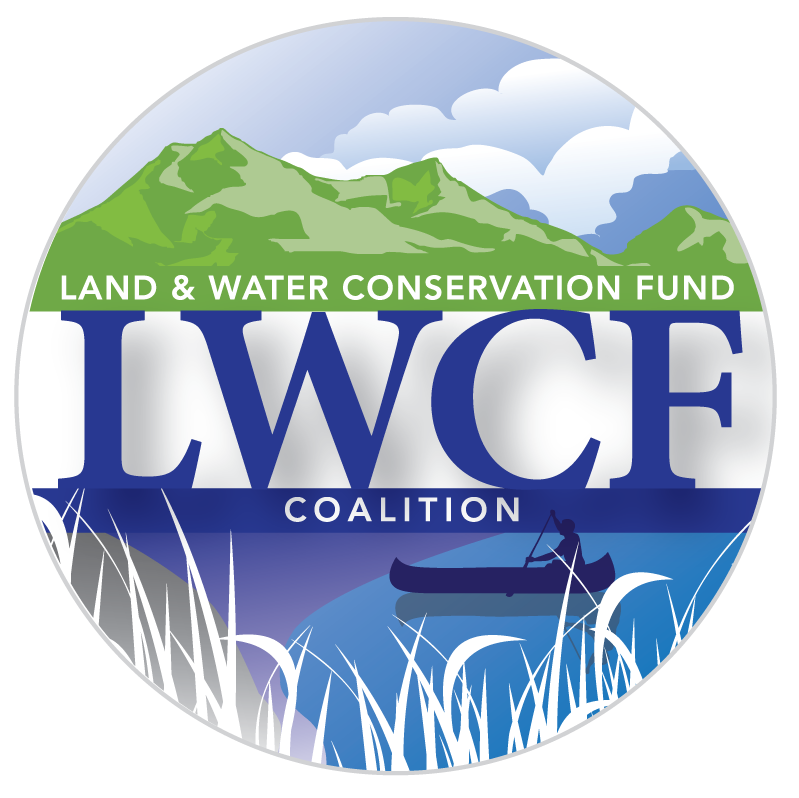Time for Full Funding for LWCF
On March 12, 2019, the Land and Water Conservation Fund (LWCF) was permanently reauthorized as part of S. 47, the John D. Dingell, Jr. Conservation, Management, and Recreation Act. What a huge, long-fought, and amazing victory – secured with huge bipartisan votes in Congress! Major thanks are owed to all who helped make this success possible. Passage of the Dingell Act ensures that LWCF no longer faces the uncertainty of potential expiration, and that the unique structure and flow of funds to LWCF is permanently protected. But there is still work to be done in order to fulfill the promise of America’s most important conservation and recreation program to invest $900 million annually in federal, state and local needs. So now we are shifting our focus back to guaranteeing full, dedicated funding for LWCF.
“Every dollar diverted from LWCF leaves local communities with fewer resources to make investments that boost tourism and create jobs.” — Tom Cors, director of government relations for lands at The Nature Conservancy
Harpers Ferry National Historical Park, WV via NPS
The original mission of the LWCF Coalition was to work collaboratively with partners across the country and elected officials to advocate for funding of this critical program’s land conservation and recreation access projects and grants, which provide so many benefits to communities. Unfortunately, when the program expired in 2015 and again in 2018, it was necessary to turn most of our attention on the fight for permanent reauthorization in order to #SaveLWCF from the constant uncertainty and threats of damaging “reforms” to the program advocated by opponents of conservation. With the success of that campaign, we can now refocus on ensuring that each year the $900 million deposited into the LWCF account actually goes towards conservation and recreation priorities.
The timing of our effort could not be better. Even as the President signed the Dingell Act into law, the Trump Administration also proposed a budget for Fiscal Year 2020 that included a 105% cut to LWCF. Yes, you read that right—they proposed less than zero funding. Last year, we encountered a similar proposal but fortunately LWCF’s many Congressional champions worked to ensure that the final federal budget for FY19 did provide some funding for LWCF’s various programs, to ensure continued investments in America’s special places that help secure recreation jobs, close-to-home access, working forest production, habitat protection, water quality and a host of other benefits. But the threat to LWCF is real, as long as funding is not guaranteed.
Atchafalaya National Wildlife Refuge, LA via Jay Harrod/The Nature Conservancy
Over the 54 years of the program, over $22 billion has been diverted from the LWCF account to other, unknown purposes. That means that our public lands, waters, and historic sites have missed out on billions of dollars – putting places we love in peril. If we think about the demand we place on our federal public lands, working forests, rivers and lakes, community playgrounds and ballfields, there is substantial conservation and recreation need that remains unmet as long as LWCF funding is diverted. Investing in our outdoors is good for our economy, the environment, and way of life. As the population continues to grow, and development continues to sprawl, these investments become more and more critical to providing the same opportunities to our children and grandchildren that we ourselves have enjoyed.
What LWCF needs now is dedicated funding, meaning that the entire $900M deposited in the LWCF account each year is actually spent on LWCF projects and grants, and can no longer be raided for other purposes. And we know from experience that it is possible to work with Congress to make things happen! On April 9, 14 bipartisan Senators introduced the LWCF full and dedicated funding bill S 1081, The Land and Water Conservation Fund Permanent Funding Act. We anticipate the House will introduce a similar bill soon.
Mt. Rainier National Park, WA via Allison Springer
How can you act now to save LWCF? We need Members of Congress to cosponsor this legislation, we need to educate the public and our representatives about the importance of dedicated funding, we need people to keep speaking out and advocating for LWCF—and most importantly we need to continue the momentum we experienced during the LWCF reauthorization effort to realize our goal of $900 million each year for conservation and recreation.
To contact your Members of Congress and encourage them to cosponsor LWCF full funding legislation, check out our past blog. We encourage everyone who cares about public open space to engage on social media and traditional media, keeping up the visibility of the issue. If you’d like more information about the effort or LWCF funded projects in your area check out our resources page or contact us.
Together we permanently authorized LWCF, together we will guarantee full dedicated funding!
#SaveLWCF #FundLWCF
Big Morongo Canyon Preserve, CA via Mojave Desert Land Trust




